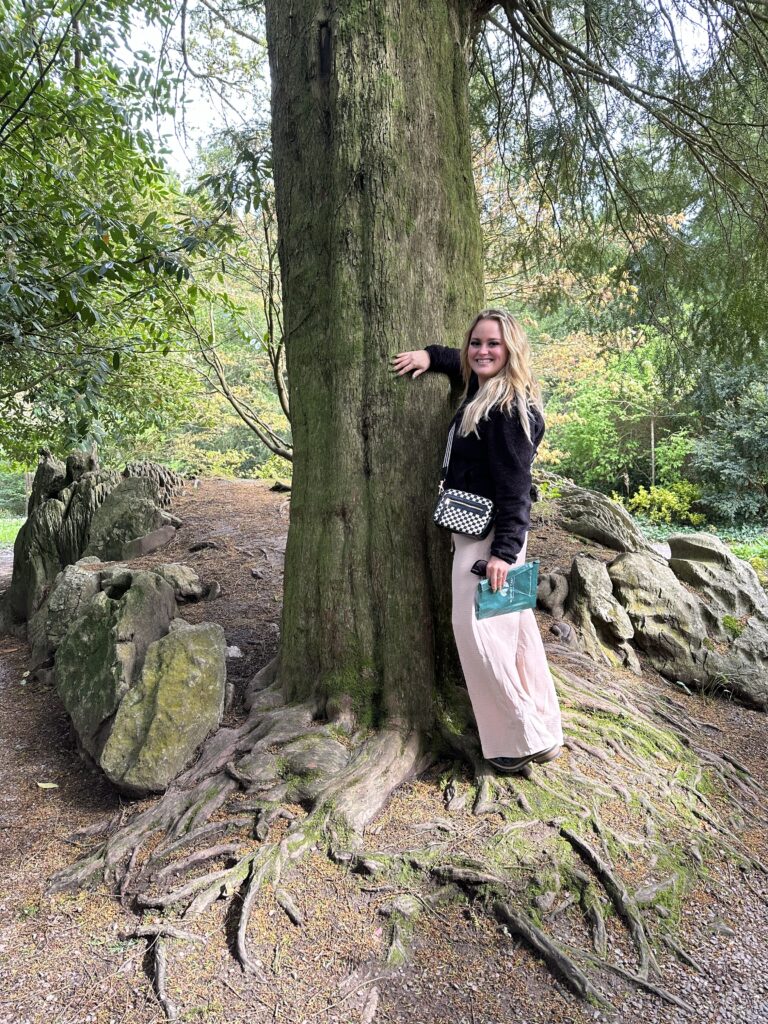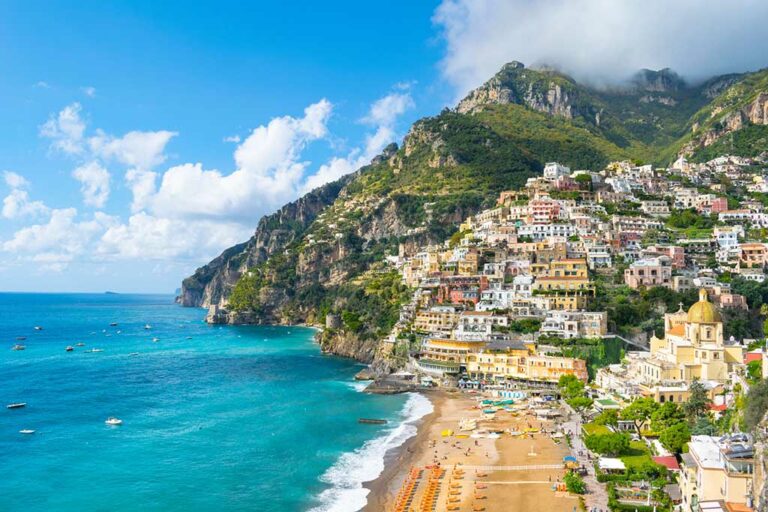Overview
Introduction
The pueblos blancos (white villages) of Andalusia can be visited along any number of routes, using one of the villages or perhaps the cities of Seville, Jerez de la Frontera or Cadiz as a base. About 270 mi/435 km south of Madrid, the villages lie within the triangle formed by the coasts of the Atlantic (the Costa de la Luz) and the Mediterranean (the Costa del Sol) to the south and the Sierra de Algodonales to the north.
These ancient whitewashed villages, most of Arab and Berber origin, cling to the mountainsides in perilous splendor—they gleam like jewels from a distance. The roads winding through the region are narrow and sometimes terrifying, but the views are as breathtaking as any in Spain. There are 10 or so towns of note, but a few are standouts.
Most of the white villages are in the Cadiz province, but Ronda, in the adjoining Malaga province, is probably the best town to base yourself in, because it's one of the largest in the region. Its setting is spectacular: The town is surrounded by mountains and split by a deep river gorge. The tall, whitewashed buildings cling to the walls of the steep gorge, and a graceful arched bridge connects the two sides of town.
Ronda also has one of Spain's oldest bullrings, built in 1784. A fascinating museum explains the town's important role in the development of the sport. Each year in early September, the town hosts a colorful fiesta and bullfight, with many participants wearing costumes in the style of the late 1700s. Reserve accommodations and bullfight tickets well in advance if you plan to attend.
To the northwest, the tiny town of Zahara de la Sierra winds up a rock pinnacle and overlooks a lake. Plan to take a couple of hours to stroll the steep streets, pausing in a cafe or restaurant to rest your legs. If you go all the way to the top of the outcropping, you'll get to explore a small fortress that was built by the Moors. The view is superb.
Arcos de la Frontera, west of Ronda, is arranged along a steep cliff (with an upper town atop it and a lower town beneath). It's also set up well for tourists, with a lovely parador in a former castle looking over a gorge (its bar affords great views of orchards, olive groves and vineyards spread on the plain below).
Historic sites in town include the 16th-century Parroquia de Santa Maria (St. Mary's Parish Church), which boasts the remains of St. Felix (on display in a glass case), and the Gothic Parroquia de San Pedro, perched on the edge of a cliff, which lost out to Parroquia de Santa Maria in a battle over which church would get the remains.
Continuing to the west, you'll reach Jerez de la Frontera. The town is most famous as the home of sherry (the Anglicized version of the word jerez), and many of the wine cellars, or bodegas, can be visited. The Real Escuela Andaluza del Arte Ecuestre (Royal Andalusian School of Equestrian Art) is a prestigious riding school that puts on exhibitions starring its prancing steeds (http://www.realescuela.org). The 11th-century ruins of the Alcazar are also worth a visit.
The mountain villages of Grazalema and Setenil de las Bodegas, with houses built into the rocks, are two more possibilities. Closer to the coast are the picturesque towns of Gaucin and Casares.












































